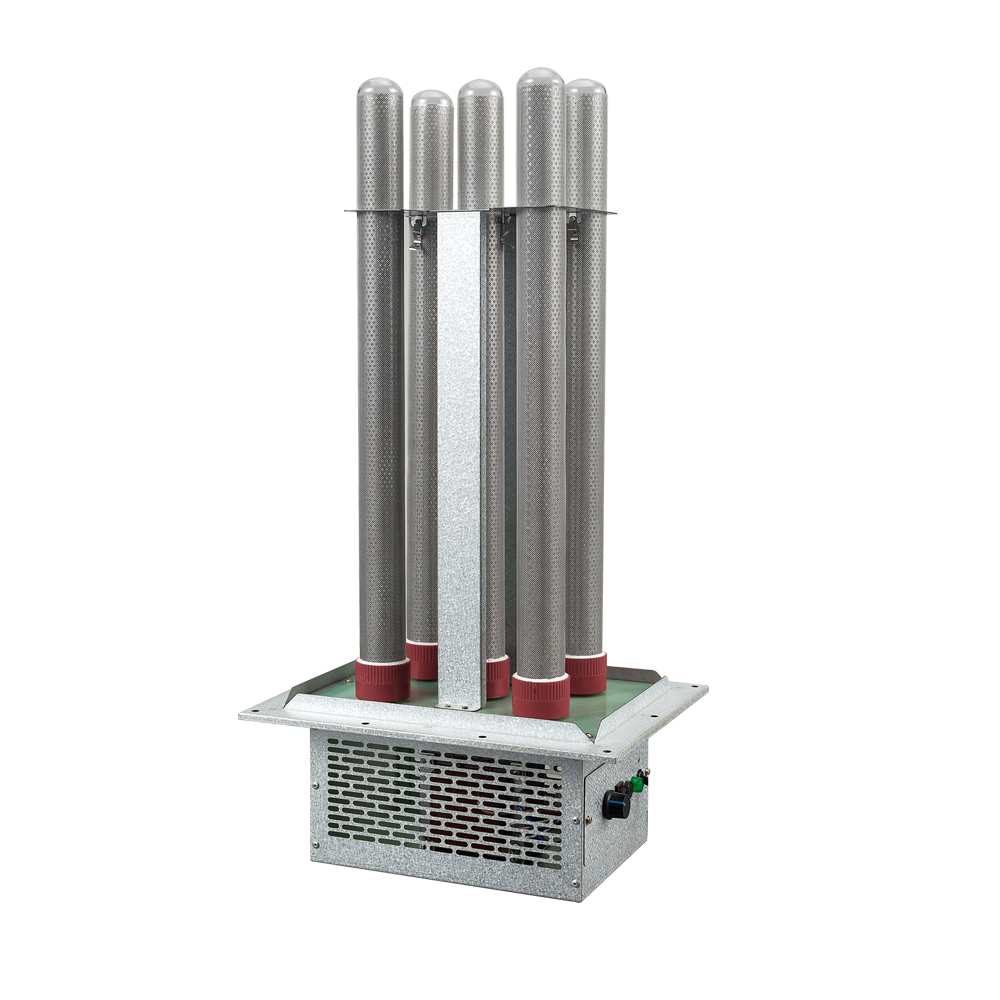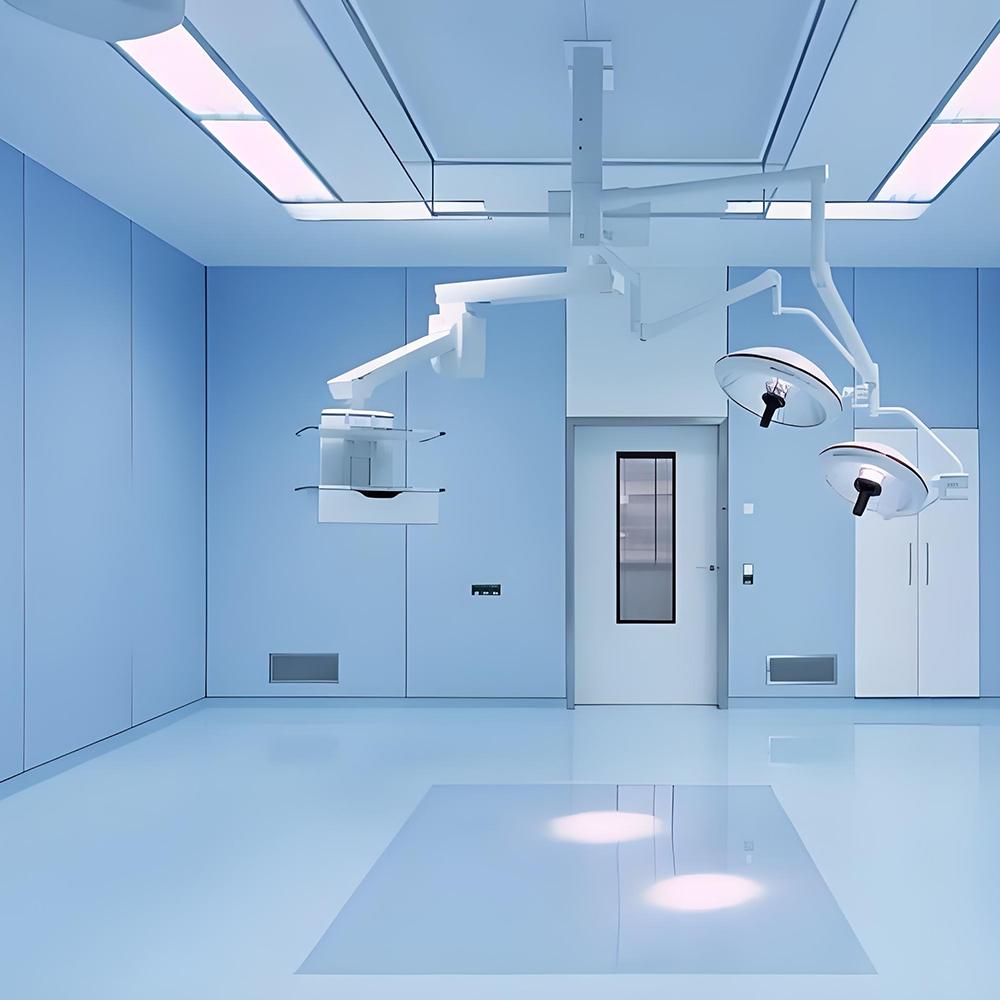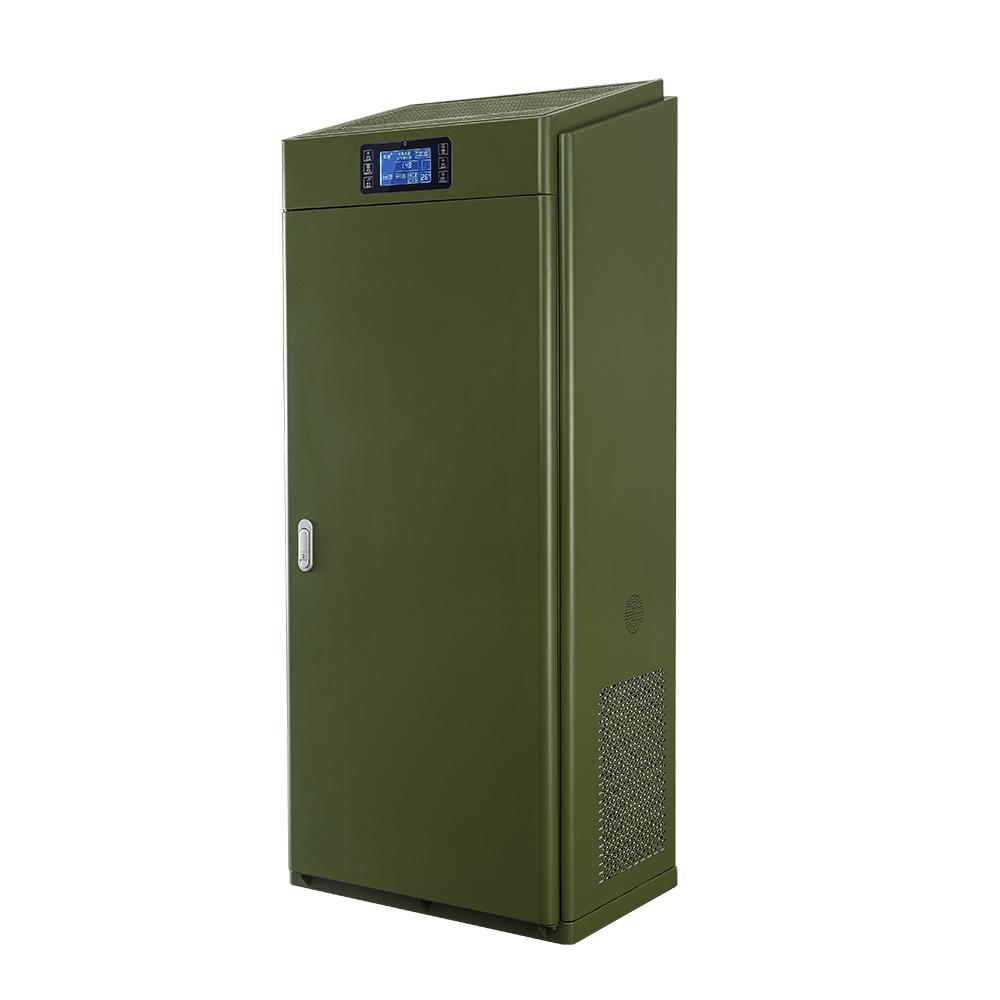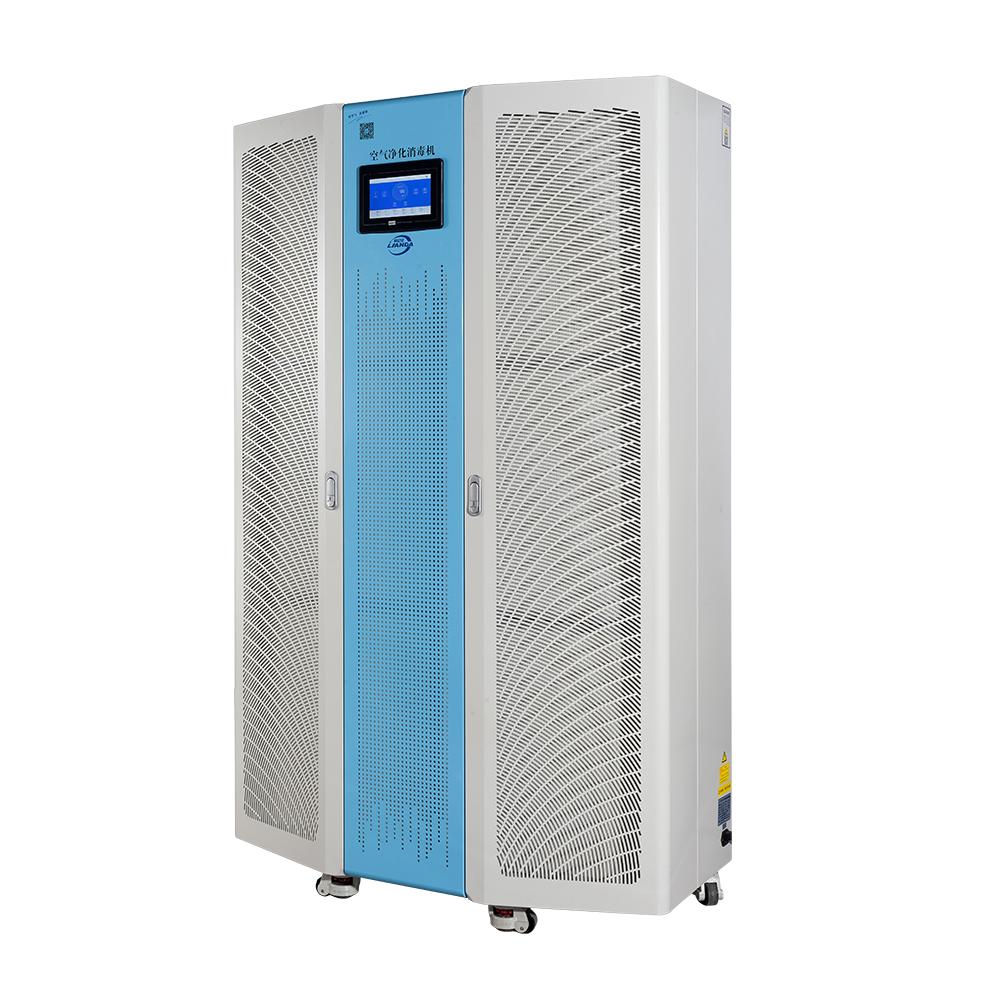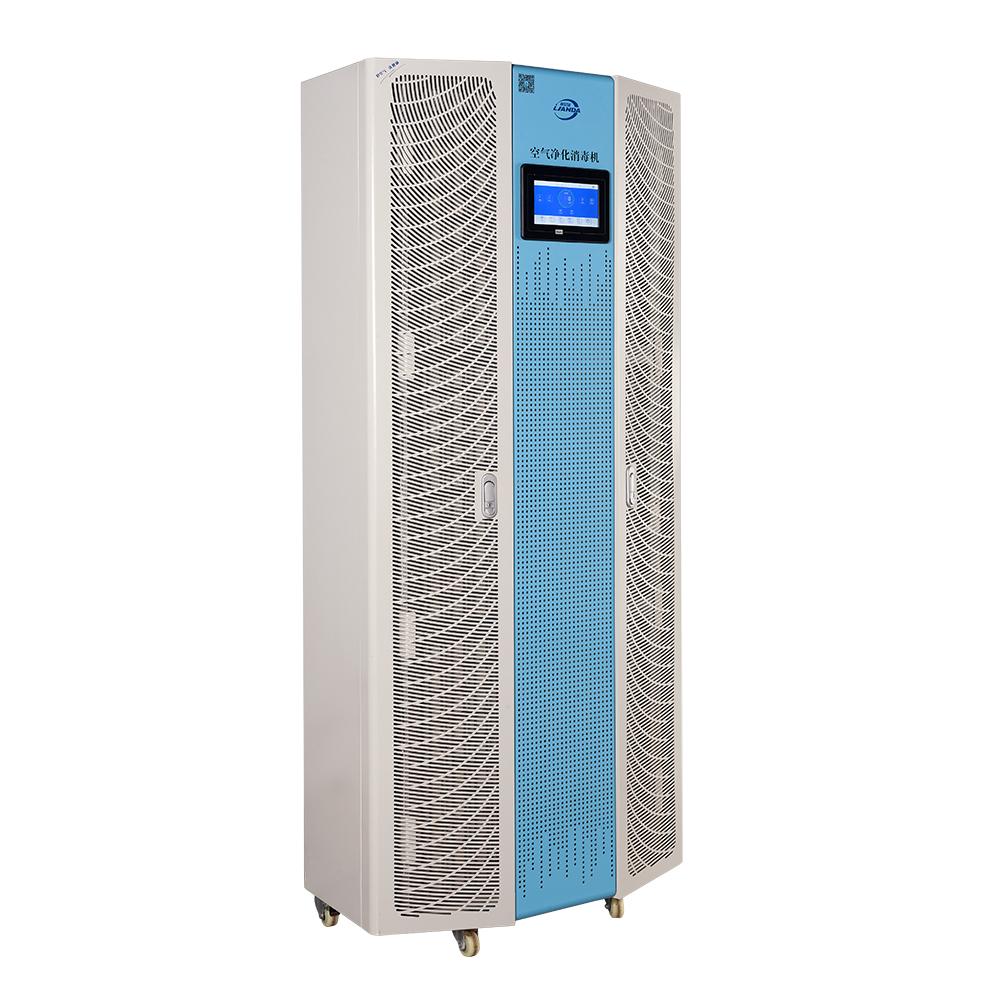Common disinfection devices in the HVAC industry
With people's increasing attention to the sanitary environment and the frequent occurrence of public health events, disinfection devices in HVAC systems have received increasing attention. Effective disinfection devices can effectively reduce the risk of airborne viruses and bacteria and ensure indoor air quality. The following are some common disinfection devices in the HVAC industry.
1. Ultraviolet (UV) disinfection equipment
Ultraviolet disinfection is currently a very popular way to disinfect air conditioning systems. Ultraviolet rays can damage the DNA of microorganisms and make them lose their ability to reproduce. UV lamps are usually installed in the air ducts or air handling units of air conditioning systems. Through effective irradiation, they can eliminate bacteria, viruses and mold in the air. Its advantages are no chemical residue, low energy consumption and simple maintenance, and mature technology and cost-effective price.
2. Ozone disinfection
Ozone is a strong oxidant that can effectively kill bacteria, viruses and mold. When the ozone disinfection device is in use, ozone gas will be injected into the air. After a period of reaction, deep disinfection of the air can be achieved. However, ozone itself is irritating to the human body, so it is necessary to be careful when using it and try to avoid direct contact in crowded areas.
3. Negative ion generators
Negative ion generators release negative ions that absorb bacteria, viruses and particulate matter in the air, forming clumps that settle to the ground. The use of negative ions not only improves air quality, but also makes the air fresher. Many modern air conditioning systems integrate negative ion generators as an additional means of air purification.
4. Photocatalytic oxidation (PCO) technology
Photocatalytic oxidation technology relies on the reaction of photocatalysts under light, which can effectively decompose harmful gases (such as formaldehyde, volatile organic compounds, etc.) and kill microorganisms. This technology is usually integrated into air handling units and uses photocatalysts to purify the air under sunlight or ultraviolet light.
5. High-efficiency filters (HEPA and ULPA)
High-efficiency particulate air (HEPA) filters and ultra-high-efficiency particulate air (ULPA) filters play an important role in HVAC systems. They can capture 99.97% and 99.999% of particles larger than 0.3 microns, including bacteria and viruses. Although these filters are highly efficient at capturing microorganisms, regular replacement and maintenance are still key to ensuring their effectiveness.
6. Chemical disinfectant spray
In certain circumstances, chemical disinfectants can also be applied to HVAC systems, especially after an epidemic or pandemic. Disinfectants are sprayed into the air or on the surface of the equipment through special equipment to achieve the disinfection effect. When using chemical disinfectants, safety guidelines need to be followed to ensure that there are no residues that affect human health.
There are a variety of disinfection devices available in the HVAC industry that can effectively improve indoor air quality and reduce the spread of germs. In actual applications, the most appropriate disinfection method should be selected based on different locations and needs, taking into account the disinfection effect, economy and safety. At the same time, it is also very necessary to regularly maintain and inspect these devices to ensure their normal operation. This is the only way to maximize the protection of people's health and safety.
